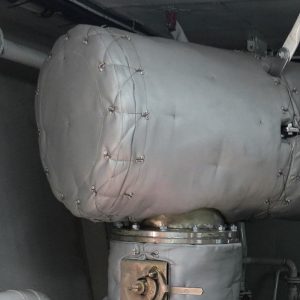
Industrial thermal insulation comes in various forms, each with distinct advantages and disadvantages based on their properties, such as shape compatibility with work types, density, fire resistance, insulation material composition, water resistance, chemical resistance, and heat resistance. The objectives of using thermal insulation in industry are as follows:
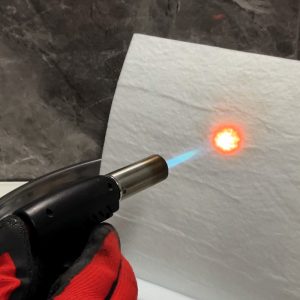
Nano aerogel insulation is an advanced material produced from aerogel with nano-scale structure, widely used since the 1990s. Aerogel is an extremely lightweight material derived from gel where liquid is replaced with CO2 gas, resulting in a solid material with very light weight and high porosity. Nano aerogel's distinctive feature is its nano-scale pores and structure, making it a highly efficient insulation material. This innovative insulation offers unique thermal protection unlike conventional insulation, being lightweight and versatile, particularly suitable for applications with thickness or weight constraints at temperatures between -200°C to 1000°C, such as in aviation, industry, and high-performance building insulation where value and space savings are paramount.
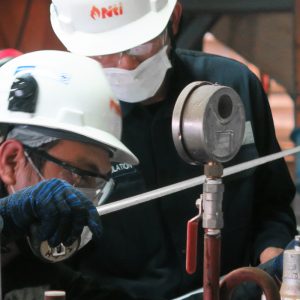
A common concern among those with thermal insulation experience is CUI, where metal under insulation corrodes, whether it's pipes, oven walls, valves, or other insulated metal components. In reality, these metals don't corrode because of the insulation itself, but due to gaps between the insulation and metal surface, or poor exterior insulation finishing that allows water or other liquids to penetrate the insulation and contact the metal surface and oxygen. Over time, this leads to metal surface corrosion. CUI is most commonly found at support points of structures holding insulated equipment, as these junction points create areas where water can accumulate.
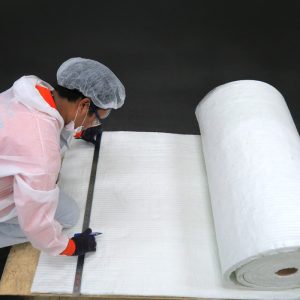
For those who have had to decide on thermal insulation thickness, you'll recall two major factors: the surface temperature of equipment requiring insulation and its operating duration after insulation. These two factors are crucial for calculating Return on Investment (ROI). This article will compare calculations from actual site work for two insulation thicknesses: 25mm and 50mm.
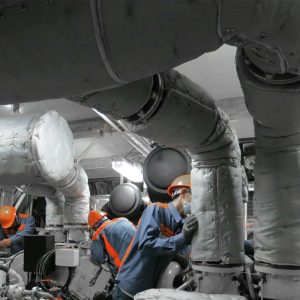
For those tasked with reducing heat or energy costs through thermal insulation, questions or uncertainties may arise about selecting appropriate insulation that provides good value for investment. NTI summarizes key considerations when choosing thermal insulation as follows:
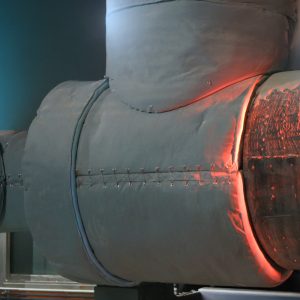
Thermal conductivity is a crucial parameter when selecting appropriate insulation for specific applications. It represents a material's ability to conduct heat through itself, indicating how thermal energy moves from one area to another within the material through conduction. In other words, thermal conductivity helps evaluate a material's efficiency in heat transfer. Insulation with low thermal conductivity can prevent heat loss or gain better than those with high thermal conductivity, making it suitable for applications requiring maximum temperature reduction.
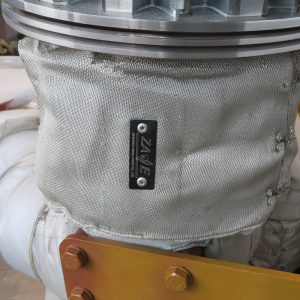
Understanding the critical aspects of choosing thermal insulation for industrial applications helps save costs and time in project implementation, enabling one-time investment within allocated budgets. Let's examine the key parameters of industrial thermal insulation:

In industrial settings, workers inevitably face and come into contact with heat during their tasks. The dangers of heat in the workplace are significant. When our bodies receive heat, they transfer it out to maintain a balance of body temperature, which is normally around 37°C (98.6°F). If the body cannot maintain this balance of the heat control system, abnormalities and illnesses can occur. Symptoms and illnesses that may arise include dehydration, fatigue, fainting, and cramps.

Heat is considered one of the significant physical hazards in workplaces. In industrial settings, workers often face heat-related issues from production processes or various machinery. Industries or businesses that involve heat-intensive work include paper pulp production, tire manufacturing, glass and light bulb production, metal smelting, casting, or rolling. Many industrial establishments are seeking solutions to prevent and control heat for worker safety and to reduce heat loss.
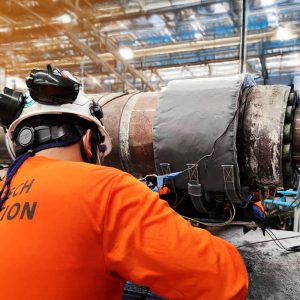
Currently, Thai industries are facing heat-related issues in their operations. Humans have harnessed heat for both daily life and industrial processes. In factories, heat problems may arise from building design, ventilation systems, production processes, machine operation duration, and lack of proper maintenance, leading to increased temperatures.

We are currently facing climate change or global warming, with temperatures rising worldwide. This impact is primarily caused by human activities, including the creation of machinery and technological advancements to drive economic growth in the industrial sector. These activities release large amounts of carbon dioxide and greenhouse gases into the environment, accumulating in the atmosphere and inevitably affecting the environment and human living conditions.